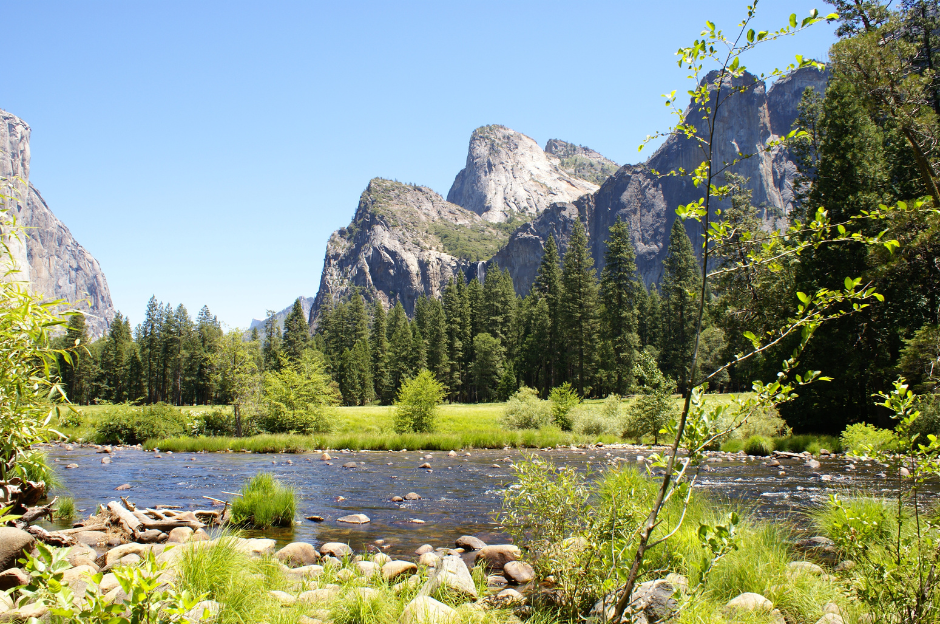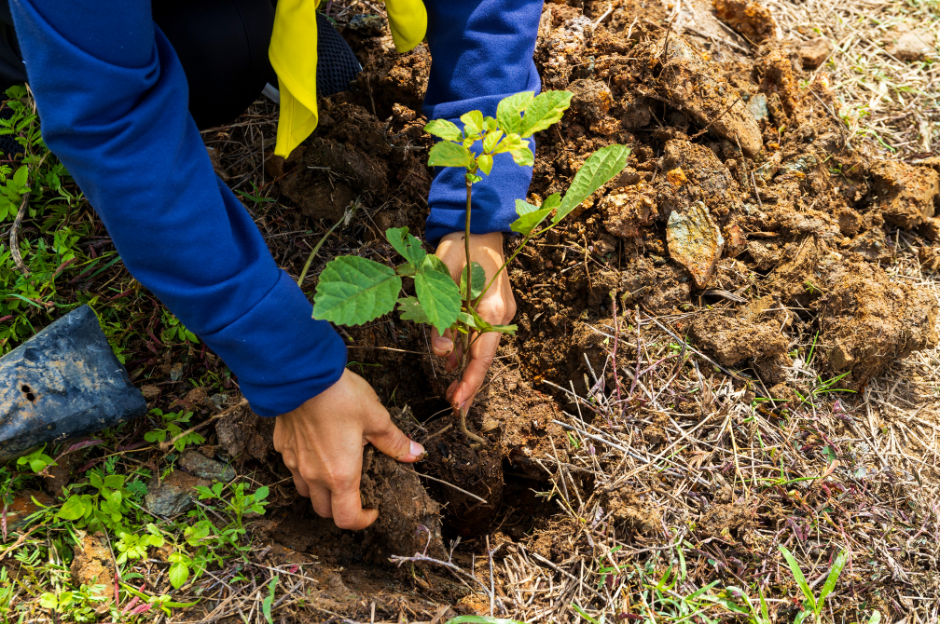
The Surprising Ways Trees Impact Climate Change
Amidst the global concerns about climate change, there’s an unsung hero working silently in our midst – trees. Beyond their beauty and ecological value, trees play a remarkable role in mitigating the impacts of climate change. In this blog post, we unveil “The Surprising Ways Trees Impact Climate Change,” exploring their unexpected contributions to carbon sequestration, temperature regulation, and the creation of resilient ecosystems.
Carbon Sequestration: Nature's Carbon Sinks
Trees are nature’s carbon capture machines, effectively removing carbon dioxide from the atmosphere through the process of photosynthesis. As they absorb carbon dioxide, trees convert it into biomass, releasing life-sustaining oxygen in return. This powerful mechanism not only reduces atmospheric carbon levels but also helps counteract the greenhouse gas effect, ultimately working towards stabilizing global temperatures.


Cooling Effect: The Urban Air Conditioners
In urban landscapes, the phenomenon known as the “urban heat island effect” exacerbates rising temperatures. Trees combat this effect by providing shade and releasing water vapor through a process called transpiration. As they cool the air, trees create microclimates that alleviate the heat stress on buildings and humans alike. This cooling effect has far-reaching implications for urban planning and the well-being of city dwellers.
Extreme Weather Mitigation: Shields Against Storms
As climate change intensifies, the frequency and severity of extreme weather events, such as hurricanes and floods, are on the rise. Trees act as natural buffers against these calamities. Their intricate root systems stabilize soil, preventing erosion and minimizing flood risks. Furthermore, tree canopies absorb rainfall, reducing the intensity of runoff and potential flooding in urban areas.


Biodiversity Conservation: Strengthening Ecosystem Resilience
Ecosystems teeming with biodiversity are better equipped to adapt to changing climate conditions. Trees, as integral components of ecosystems, contribute to this resilience. They provide habitats and resources for a diverse range of species, ensuring the survival of ecosystems even in the face of shifting climate patterns. By protecting and restoring forests, we foster ecological diversity and the ability of ecosystems to withstand environmental stressors.
Community Engagement and Global Impact: Planting Trees for a Greener Future
The impact of trees on climate change extends beyond ecological benefits. Reforestation and afforestation efforts offer communities a tangible way to contribute to climate mitigation. The act of planting trees not only improves local air quality and aesthetics but also allows individuals to participate in a global movement to combat climate change.

While the effects of climate change may seem insurmountable, trees offer a glimmer of hope.
Their surprising and multifaceted contributions to carbon sequestration, temperature regulation, storm mitigation, and biodiversity conservation paint a powerful picture of their role in our fight against climate change. As we uncover the surprising ways trees impact climate change, we’re reminded that each tree planted and protected is a step closer to a more sustainable and resilient future for our planet.